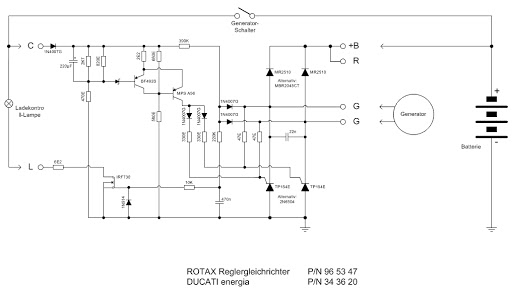Reading up on a number of forums and web sites trying to get a good understanding of the operation of the Rotax 912 electrical charging system, there seems to be at least a couple of views of how the regulator regulates the charging system output.
Can anyone confirm how the Ducatti regulator controls the excess charging capacity?
Does the regulator convert the excess charging capacity to heat energy?
When does the regulator create the largest amount of heat?
Is it when it is supplying maximum Charging capacity to supply electrical demand?
Or when the regulator is regulating excess generator capacity? (i.e. when the battery is fully charged and there is minimal electrical demand say 1 or 2 amps perhaps )
Can anyone confirm how the Ducatti regulator controls the excess charging capacity?
Does the regulator convert the excess charging capacity to heat energy?
When does the regulator create the largest amount of heat?
Is it when it is supplying maximum Charging capacity to supply electrical demand?
Or when the regulator is regulating excess generator capacity? (i.e. when the battery is fully charged and there is minimal electrical demand say 1 or 2 amps perhaps )





